A tremendous amount of uncertainty was added to ECB outlook from Russia’s invasion of Ukraine. There were expectations that ECB could announce an earlier end to its asset purchase program at today’s meeting, paving the way for a rate hike later this year. But now, it’s more likely for the central bank to keep options open for the moment.
Nevertheless, facing increasing risk of prolonged high inflation, hawks in the councils could push for at least a move to a “neutral” guidance. That could come in form of dropping the reference to a rate cut in the guidance. ECB might also remove the stipulation that rate hike would come “shortly” after end of net asset purchases.
The new economic projections would also be scrutinized while President Christine Lagarde would be asked for her views on risk of stagflation in Eurozone.
Here are some previews for today’s ECB meeting:
Euro is staging a strong rebound since yesterday, while gold and oil prices are in deep retreat. The situation came as markets are exiting the phase of initial shock of Russia invasion. But clearly, the clouds are still there. Today’s ECB announce might give Euro some temporary volatility, but the next move will still very much depend on the development in Ukraine.
Technically, for EUR/CHF, 0.9970 is theoretically a good place to bottom. It’s not unreasonable to say that the down trend from 1.1149 has ended as a five-wave move, just hitting, 100% projection of 1.0936 to 1.0298 from 1.0610 at 0.9972. Parity can also provide additional psychological support. Yet, firm break of 1.0298 support turned resistance is still needed to be the first sign of major bottoming. Otherwise, risk will remain heavily on the downside.
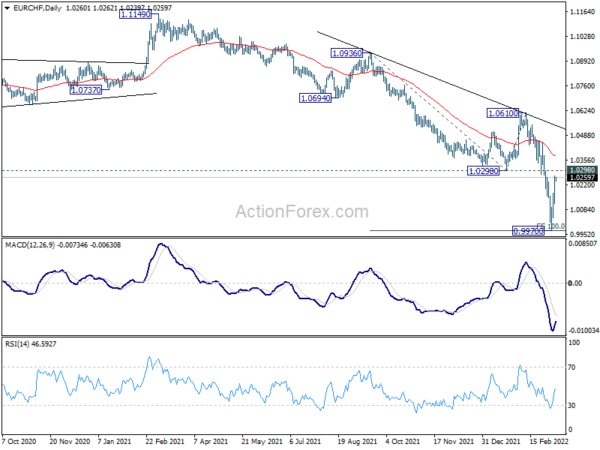




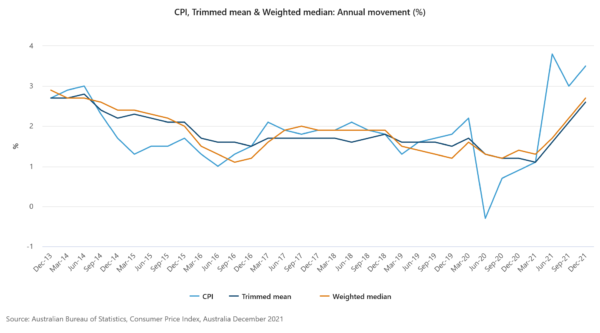

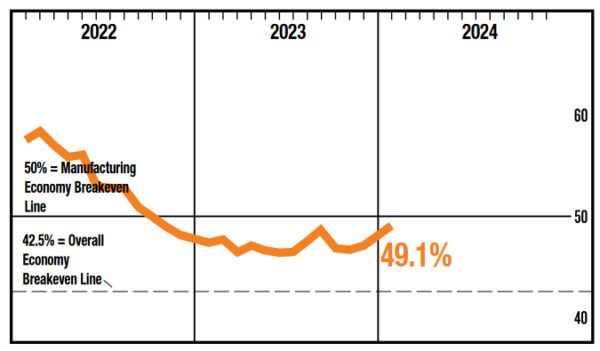
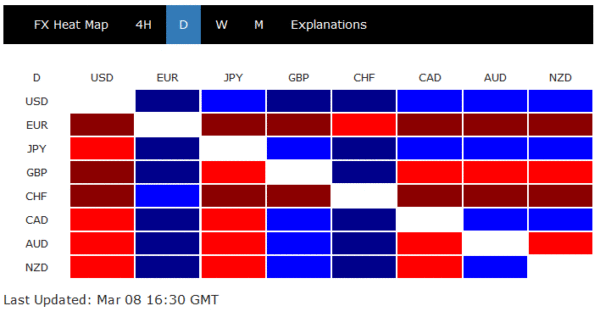
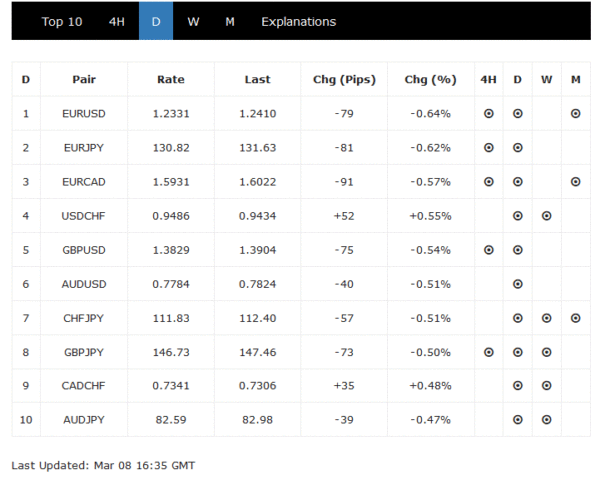
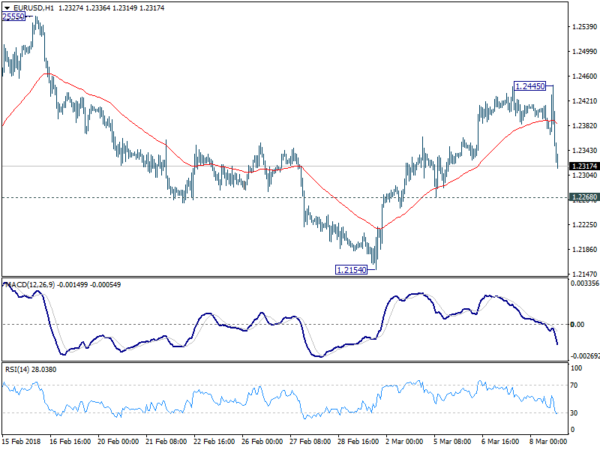
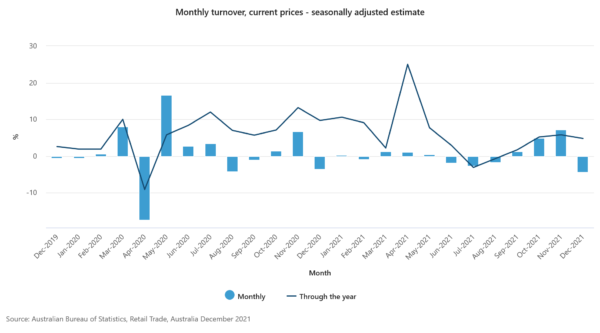
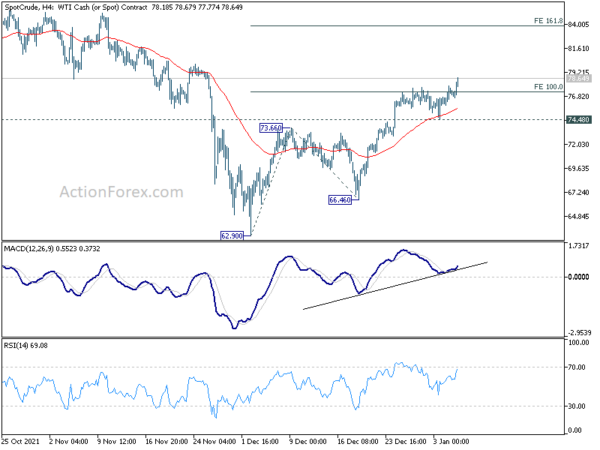
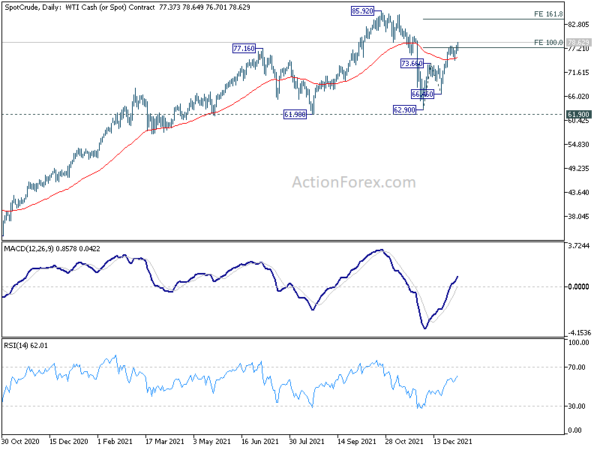
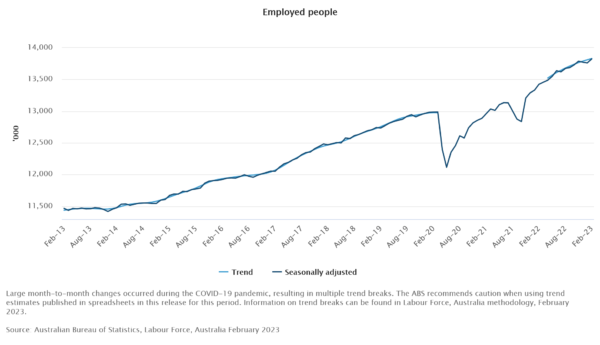
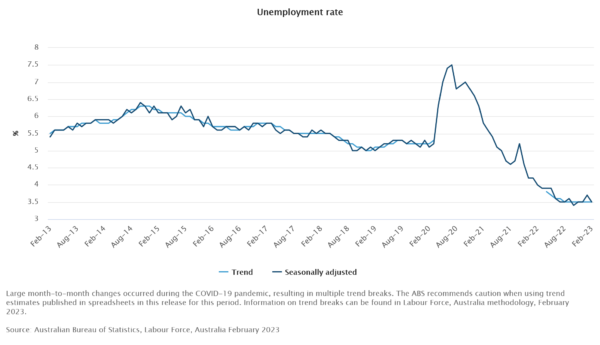
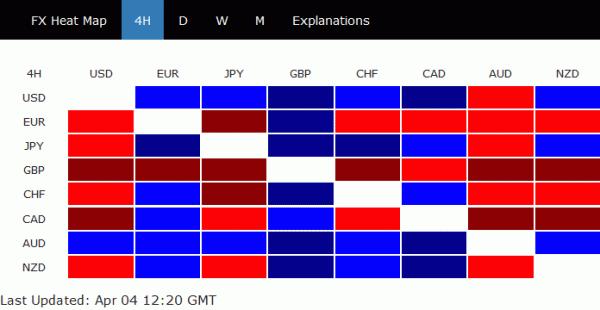
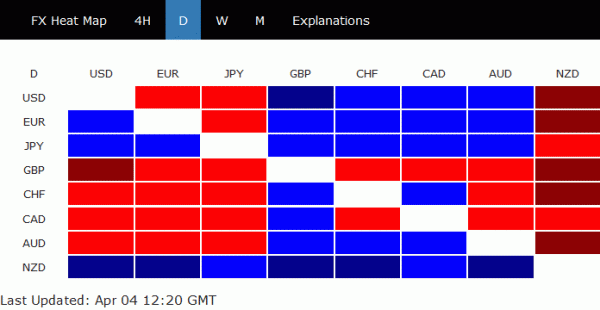
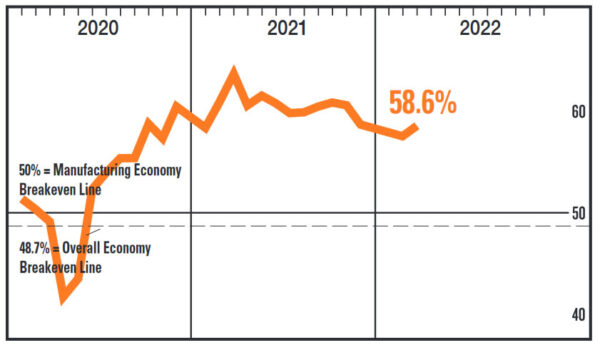
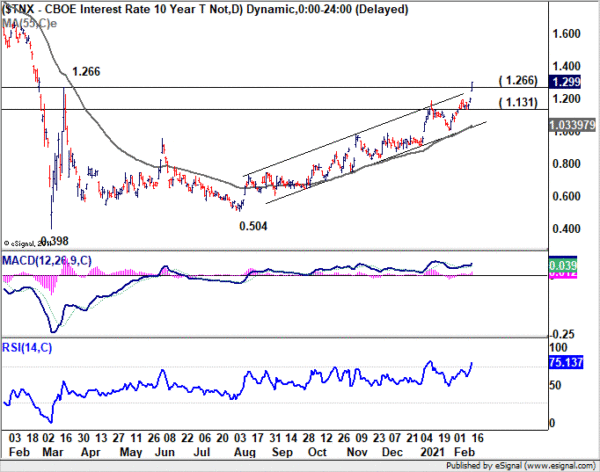
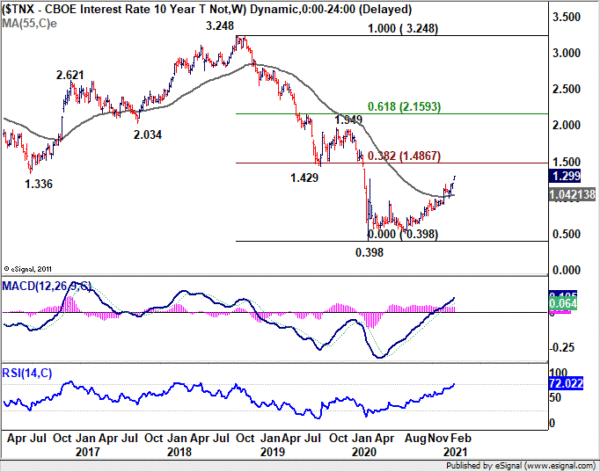

Today’s top mover: GBP/AUD breaks 1.7282 support, solidifying medium term bearish reversal
At the time of writing, GBP/AUD is the biggest mover today, down -151 pips or -0.87%. Aussie is clearly boosted by return of risk appetite on US-China trade truce. Meanwhile, focus has now turned back to Brexit worries. It’s still generally pessimistic on the chance of getting Brexit bill through the parliamentary vote on December 11.
The development in GBP/AUD is so far pretty much in line with the bearish outlook as described in a prior quick note. Break of 1.7282 support today add to the case that whole “corrective” up trend from 1.5626 (2016 low) has completed at 1.8726 on after missing 50% retracement of 2.2382 to 1.5626 at 1.9004, on bearish divergence condition in weekly MACD.
Near term outlook will now stay bearish as long as 1.7814 resistance holds, even in case of strong recovery. Next downside target is 61.8% retracement of 1.5626 to 1.8726 at 1.6810. Sustained break there will pave the way to retest 1.5626 low in medium term.